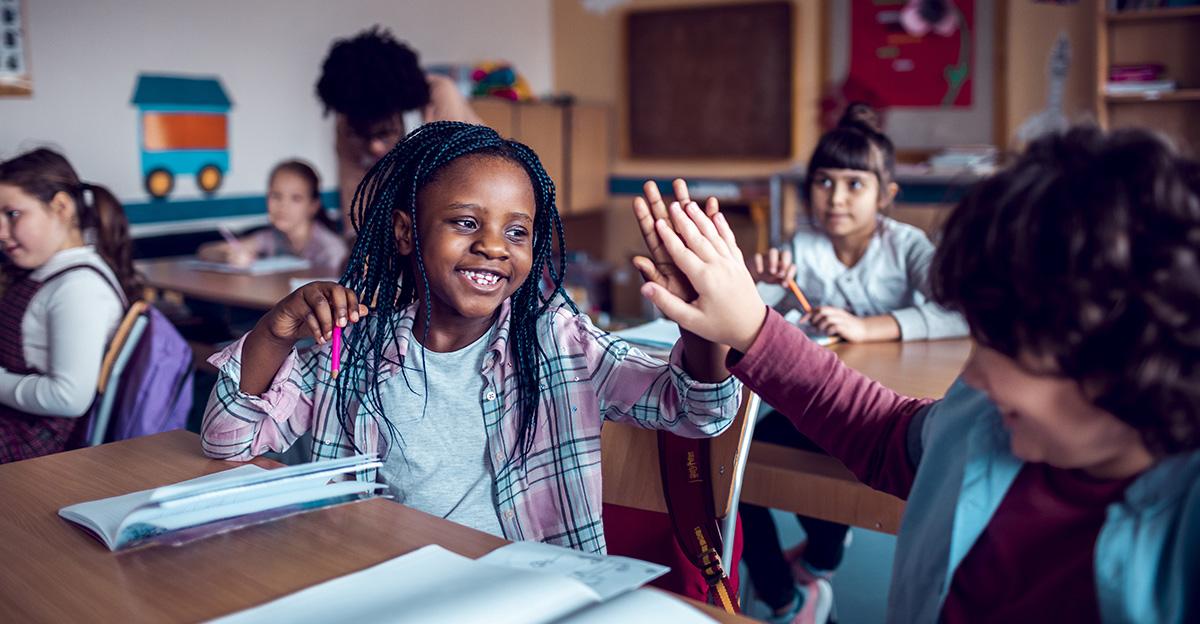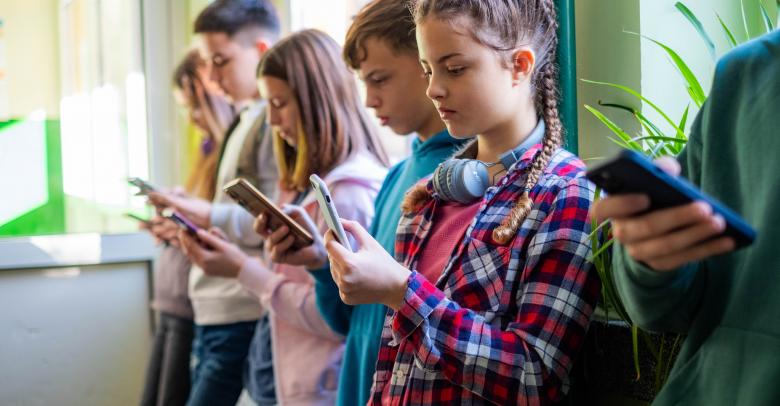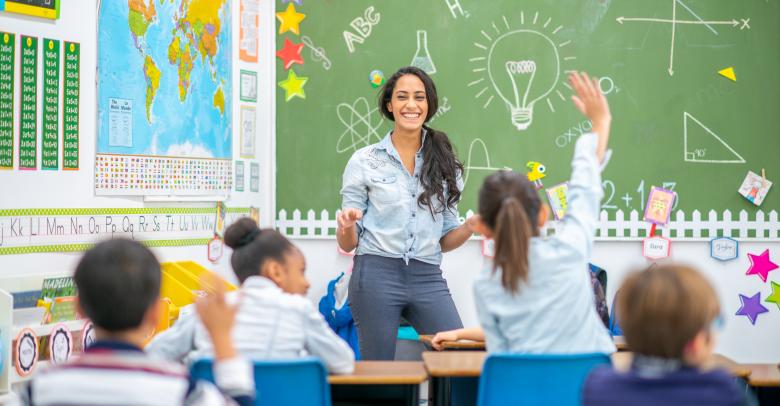Although engagement in the classroom begins with the teacher interacting with the students, a student is much more likely to be interested in a class in which they also feel engaged with their classmates.
Teachers spend a lot of time thinking about ways to reward students. But there is also space for the students to reward themselves. Here are a few ideas!
Thank you notes
Set the culture early in the year. One student who helps another should be thanked for their efforts by the student and the teacher alike. A quick and easy way to facilitate this is to let students write thank you notes on sticky notes and post them in a communal area, like a spot on the board.
Autonomy
All students like being able to make decisions for themselves. For the next set of individual rewards, let the recipients award something to a classmate who helped them. There’s no quicker way to make friends than to share some recognition.
Applause
We covered some quiet ways to recognize students who make a breakthrough during whole-group instruction. Applause can be done quietly (golf clapping, snapping, sign language) or loudly. It’s important to allow students to choose when those applauses occur. You shouldn’t have to lead the cheer every time.
The ability to help
Students have been conditioned into thinking that helping another student with their work is cheating unless directed to by the teacher. As a reward for one student, allow them the autonomy to choose someone to go help at times of their choosing. They get to spend one-on-one time with a classmate and learn valuable interpersonal skills.
The manager
Many classrooms, particularly at the elementary level, assign certain tasks like line leader or door holder. But who assigns those jobs? Appoint a student to assign tasks to their classmates, making it known to the manager that it’s their job to encourage and support their classmates—not boss them around.
For many more materials that can be used to reward student success, check out School Specialty’s online store.






Leave a Reply